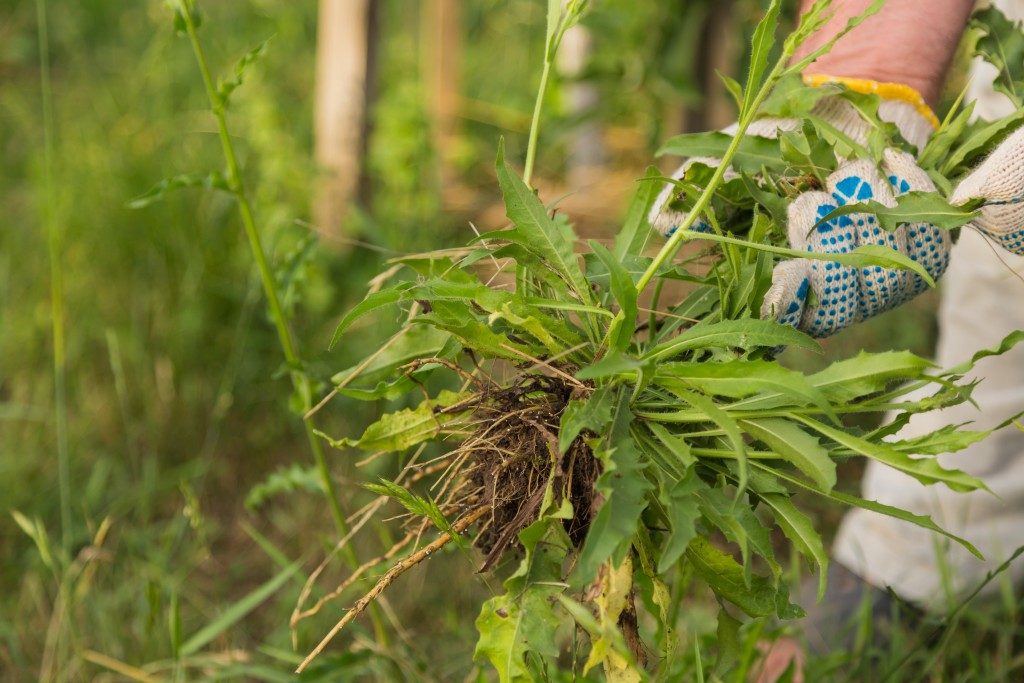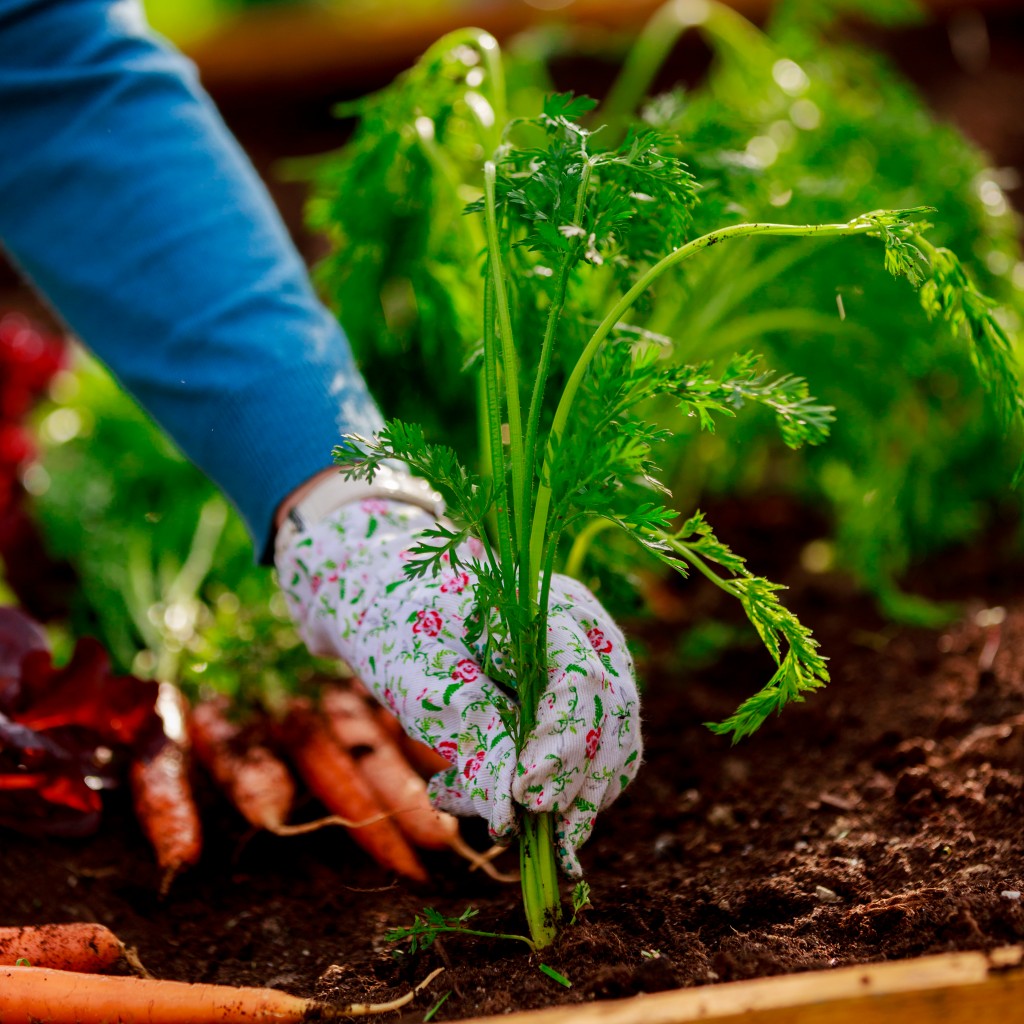Weeds grow naturally in your garden and they compete for water and nutrients with your precious plants. This could affect the beauty of your expertly-created garden. Unfortunately, we can never get rid of them for good, but there are ways to control their growth and spread.
You can either pull them out with your bare hands or call for weed spraying services in Perth or other areas. With all weeds cleared out of your garden, your plants will now grow uninterrupted.
But why do weeds grow in our garden, by the way? Do they have a significant purpose? Why is nature gifting us with weeds when they only disrupt the nutrient absorption of our plants?
Understanding Weed
Weeds grow out of bare soils. But if your garden isn’t bare by any means, how come weeds still grow in it? The answer is science. The growth of weeds is a natural process to defend bare soils. That said, those vacant areas in your garden serve as their cue to pop out. Scientifically speaking, the soil isn’t meant to be bare. It houses earthworms and microorganisms that will be exposed to the harmful rays of the sun if they’re not covered. Simply put, weeds exist to protect bare soil and its inhabitants without human interference.
But of course, it’s understandable why garden owners don’t want weeds in their gardens. Getting rid of weeds isn’t a bad practice, just as long as we do it without harming the rest of our plants. Just know that a weed isn’t entirely useless and at times, you might even need them.

How to Take Out Weeds Safely
Because weeds impede healthy plant growth, we want to control their growth and spread as much as possible. But sometimes, if we get rid of them ourselves, we accidentally harm our shrubs and flowers in the process.
To avoid the risk of hurting your other plants, start early by regularly inspecting your garden for weeds. As soon as you see one, pull them out immediately while its roots are still shallow. If it so happens the weeds have already grown flowers, use a grass catcher to mow them. Discard the clippings, but keep the ripe seeds.
A garden hoe and a garden knife can also remove weeds. Just be careful not to touch your other plants and not to work up the soil too much.
In severe cases of weed accumulation, you can resort to using a weed killer. Note that this substance is harsh and it could kill your other plants, too. If you’re using one in a spray bottle, be sure to avoid spraying on windy days. You can also have a professional do this job for you, in case you’re not confident that you can protect your other plants if you do it yourself.
If your patio has also grown weeds through its crevices, pour some bleach directly onto the weed or use a water and salt solution. Apple cider or white vinegar is also good kitchen remedies for weed.
After removing the weeds, you’d want to prevent their rapid regrowth, so use a landscape fabric to cover the soil. It can be a store-bought one or just simply an old, unused carpet or even black plastic. Add a layer of mulch on the cover, preferably at least three inches thick. Organic matter such as wood chips makes great mulches.
Now that we know the purpose of weeds and how to get rid of them if we want to, let’s start to regard them a little more kindly this time. If there is bare soil in your garden that you don’t plan on filling, leave the weeds alone for some time or until you need to plant something on the soil.



